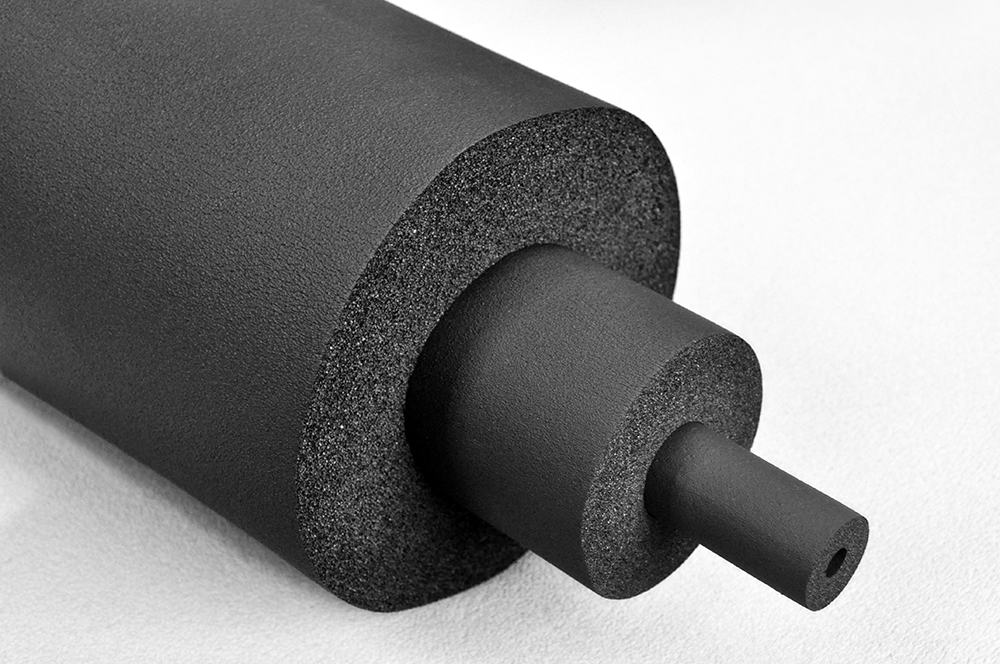-
Rubber and plastic insulation material 2
-
Performance: technical parameters
Operating temperature: (-50)~110℃
Density: 40~60KG/ M3
Thermal conductivity: 0℃., ≤ 0.034W/M.K
Water vapor permeability: ≥10000
Oxygen index: ≥32%
Smoke density: ≤75%
Toxicity of burning smoke: quasi-safe ZA3 level qualified
Vacuum water absorption rate: ≤10%
Tear strength: ≥3.5N/cm
Dimensional stability: 105℃, 7 days≤10%
Compression rebound rate: compression rate 50%, compression time 72 hours ≥ 70%
Noise reduction value: up to 30 DB(A)
Ozone resistance: 202MPA ozone partial pressure, 20 hours, no cracking
Aging resistance: 150 hours, slightly wrinkled, no cracks, no pinholes, no deformation -
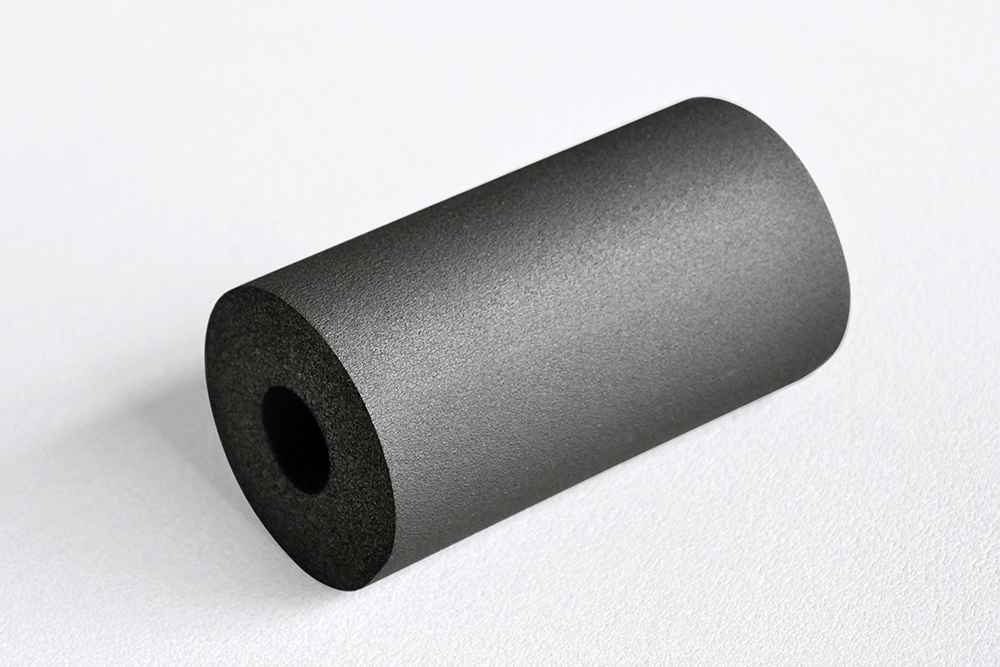 |
One. What is rubber and plastic insulation material Rubber and plastic material is a kind of high-quality rubber and polyvinyl chloride (NBR/PVC) as the main materials, after mixing, |
|
Second, the principle of heat preservation of rubber and plastic materials The principle of heat preservation of rubber and plastic starts from its structure: rubber and plastic material is a closed-cell foam material full of small bubbles processed through a series of processes. Because the bubbles inside are all closed structures, they are almost static. The convective gas has a very low thermal conductivity (about 0.0267W/(m·k) at 20°C), which can reduce the heat conduction between the container or pipe and the external environment, thereby playing a role in heat preservation/cooling. This is the main insulation principle of rubber and plastic insulation materials.
|
|
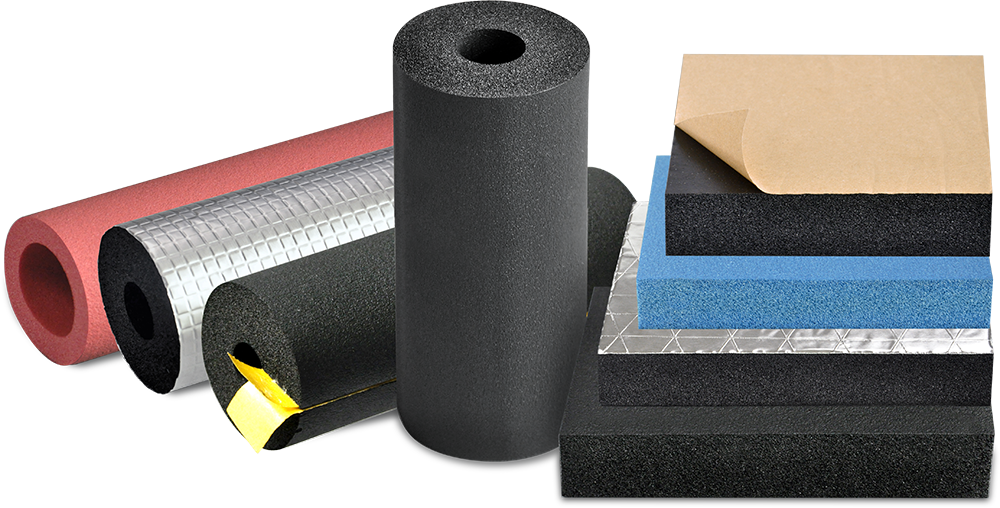 |
Three, function Rubber and plastic material is a kind of elastic closed-cell foam material, which has the advantages of low thermal conductivity, fire and flame retardant, moisture and moisture resistance, vibration reduction and noise reduction, environmental protection and health, long service life, elegant appearance and convenient installation. It is widely used in central air-conditioning, construction, chemical industry, medicine, textile, metallurgy, shipbuilding, automobiles, electrical appliances and other related cold and heat medium pipes or containers, which can achieve the effect of reducing cold and heat loss. In addition, the construction is simple, the appearance is neat and beautiful, and the product does not contain fiber dust, and will not breed harmful substances such as molds, so it is a high-quality thermal insulation material. |
|
Four, practical application As a kind of thermal insulation material, rubber and plastic are widely used in cooling/heating systems due to their excellent thermal insulation/cold performance. In addition, rubber and plastic thermal insulation materials can prevent condensation and are widely used in the field of central air conditioning. : Mainly used for air-conditioning system duct and pipeline insulation. Indoor air-conditioning pipelines need to be insulated throughout the entire process. Pipe fittings, valves and metal fittings in contact with the pipeline should be wrapped with insulation materials, especially the joints of insulation materials and pipelines. Weak links such as fixed points and valves. Rubber and plastic insulation materials are used in the insulation applications of construction, industry, pipelines and equipment, and are suitable for cold insulation purposes in various refrigeration engineering projects. Including the energy and chemical industry, textile industry, metallurgy, electrical appliances and other industries in various cold and heat medium pipelines and containers, as well as ships, automobiles and other rail transit fields, the application of rubber-plastic plates or rubber-plastic pipes to reduce cold The purpose of damage and heat damage. Rubber and plastic can not only be used in industrial pipelines and equipment insulation, but also rubber and plastic can also have the effect of sound absorption and noise reduction! Rubber and plastic can be used for sound insulation of building wall panels, sound absorption of air ducts and sound absorption decoration of entertainment venues. It is also widely used in the field of noise reduction; it can also be used for impact resistance and decompression of instruments and equipment. |
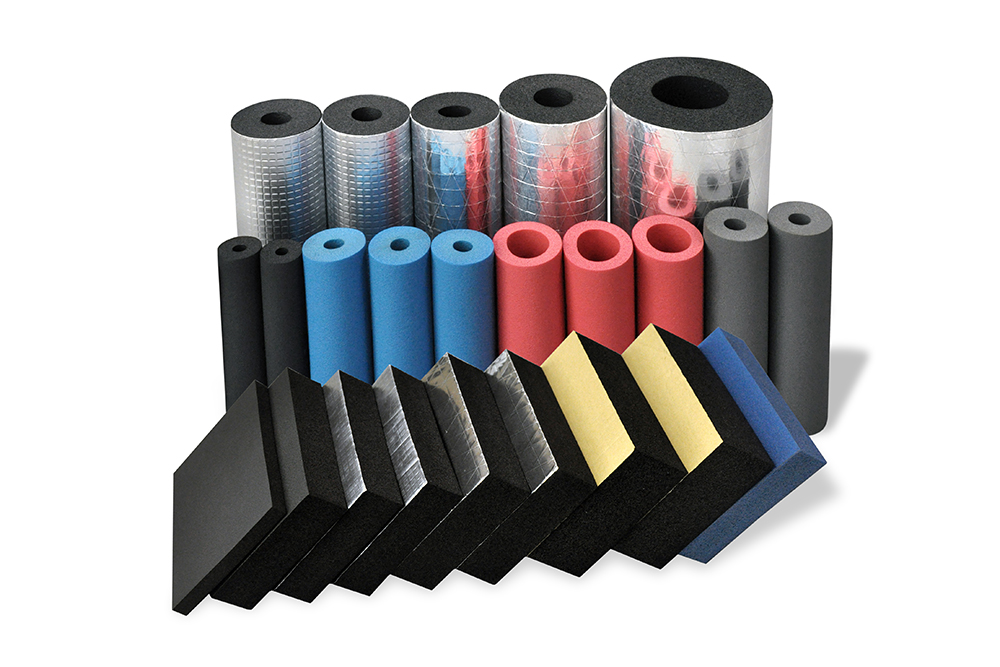 |
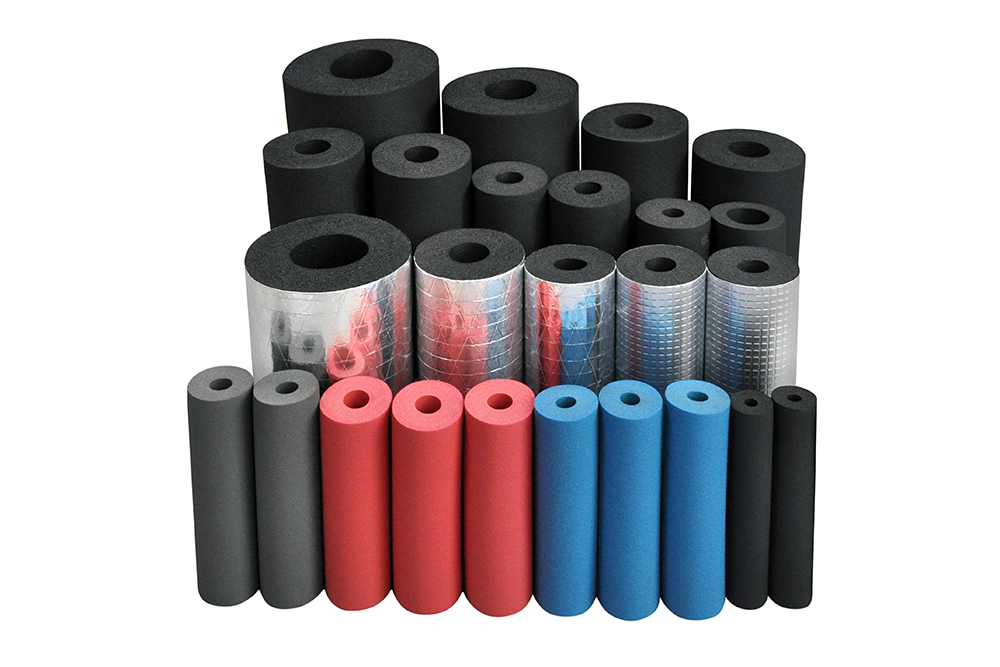 |
Five, the main indicators of rubber and plastic insulation materials The main performance indicators to measure the pros and cons of rubber and plastic insulation materials are: thermal conductivity, moisture permeability, combustion performance and tear strength of rubber and plastic insulation materials. 1. Thermal conductivity The guidance coefficient is the most basic performance index of insulation materials. It determines that the smaller the guidance coefficient of the material, the better the insulation performance of the material. On the contrary, the greater the coefficient, the material basically cannot achieve any insulation. The effect of cold preservation will also cause a large amount of energy loss. At 0°C, materials with a thermal conductivity of only 0.032W/(m·k) are already ideal heat preservation materials. 2. Moisture permeability The moisture permeability reflects the water vapor permeability of the material, that is, the material's ability to resist water vapor penetration. The stronger the resistance to water vapor penetration, the longer the service life of the material. There are two important indicators of moisture permeability: moisture resistance factor and moisture permeability coefficient. Moisture permeability coefficient: refers to the flow of water vapor through the plate material per unit thickness and unit area under certain temperature and humidity conditions. Moisture resistance factor: In general, the moisture permeability of the material can be judged by the moisture permeability coefficient of the test. However, the absolute value of the moisture permeability coefficient obtained by the test is very small, the unit is complex, and it is different from the local atmospheric pressure. It is directly related, so the material science has derived the index value of the moisture resistance factor, which can be directly used to judge the water vapor penetration resistance of the material. The larger the moisture resistance factor, the stronger the product's ability to block water vapor, and reaching more than 20,000 is equivalent to completely blocking water vapor penetration. 3. Combustion performance According to the latest national standard GB8624-2012, the combustion performance of building materials is divided into the following levels: Class A is non-combustible, B1 is non-combustible, B2 is combustible, and B3 is flammable. Except for traditional inorganic materials that can reach Grade A on the market, other products are below the B1 level. That is to say, if rubber and plastic insulation materials want to ensure the safety after use, the combustion level must reach B1. This is the minimum requirement . Compared with traditional inorganic materials, the biggest advantage of rubber and plastic insulation materials lies in its installation performance. Although the traditional inorganic material rock wool has the fireproof performance of Class A otherwise, its water absorption rate is large, and the water is easy to accumulate in the rock wool board, which will increase the weight of the insulation layer for a long time, causing the insulation layer to fall off, and the repair rate is high. At the same time, the material installation The process is complicated, and it is difficult to do a complete fit between the seams, resulting in increased labor costs and great waste. 4. Tear strength Tearing is a phenomenon in which cracks or cracks in the material rapidly expand and crack when subjected to force, which is one of the characteristic indexes to measure the resistance to damage of rubber and plastic products. Compared with traditional inorganic materials, the advantages of rubber-plastic insulation materials are that rubber-plastic insulation materials are rich in flexibility, high tear resistance, and easy and convenient to install. |
Online Inquiry
Contact information
-
Tel
-
E-mail
-
Message
-
top
Huizhou Bellsafe Up Technology Co., ltd.
Phone:020-85626465
Email:bellsafeup@163.com
Address: Fourth Industrial Zone, Shenli Village, Yuanzhou Town, Boluo County, Huizhou City
Copyright © 2021 Huizhou Bellsafe Up Technology Co., ltd. 粤ICP备15054146号 Power by www.300.cn








